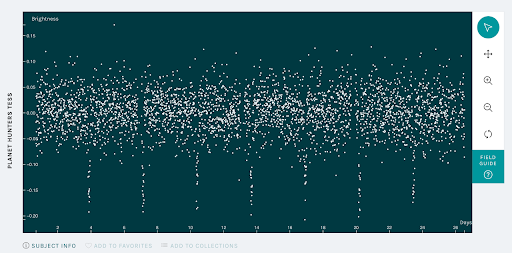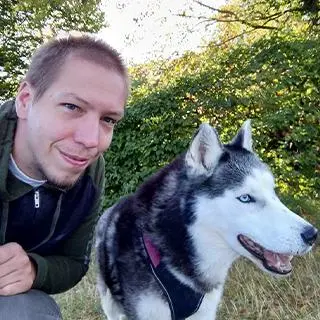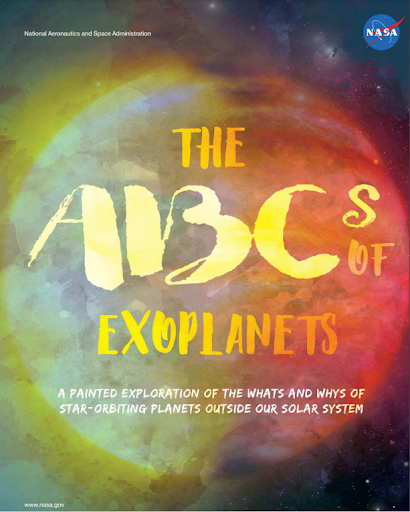Planet Hunters TESS
Exoplanets are planets outside of our solar system, orbiting stars beyond the Sun. You could discover the next one! Join the Planet Hunters TESS project, and you’ll learn how to read light curves - plots of light data from distant stars - to find telltale signals from orbiting exoplanets. Then you’ll examine data from NASA’s Transiting Exoplanet Survey Satellite (TESS) mission to begin your own search. Planet Hunters TESS is also available in Français, and Español.
project task
Examining data
division
Solar System
where
Online
launched
2018
What you'll do
- Examine light curves - data plots of light from distant stars - for the telltale pattern of a planet’s transit.
- Connect with scientists and other citizen scientists to share what you are learning, ask questions, and learn together.
Requirements
- Time to get started: 10 minutes to complete online training
- Equipment: Internet connected device
- Knowledge: None. The in-project tutorial and field guide provides all the instruction you’ll need.
Get started!
- Visit the project website.
- Click “Classify” and complete the tutorial to learn how to read and annotate light curves.
- Start your hunt for an undiscovered exoplanet!
Learn More
Join the Planet Hunters Coffee Chat video series! Project leads cover relevant topics in a friendly, fun format. Want to see what you’ve missed? check out the Planet Hunters YouTube channel to access videos explaining the transit method and how citizen scientists can get involved.
New to exoplanets? Explore the (beautifully illustrated!) ABC’s of Exoplanets! Click on a letter to get started.

Get to know the people of Planet Hunters TESS!

































